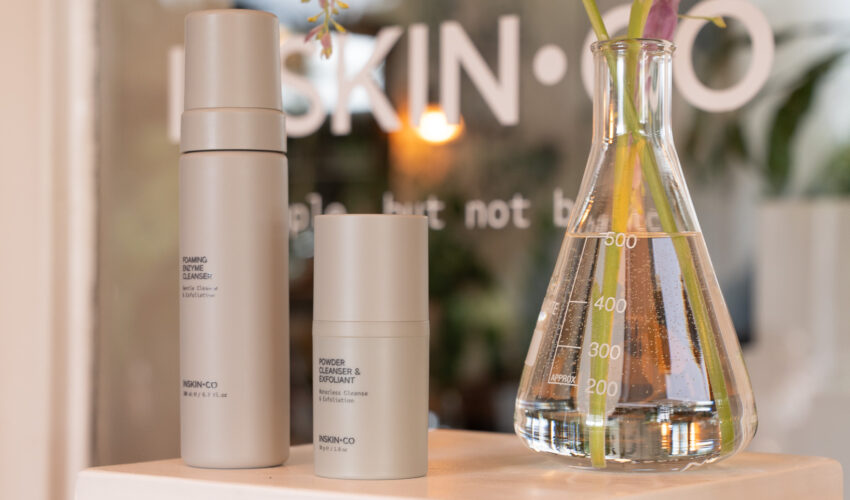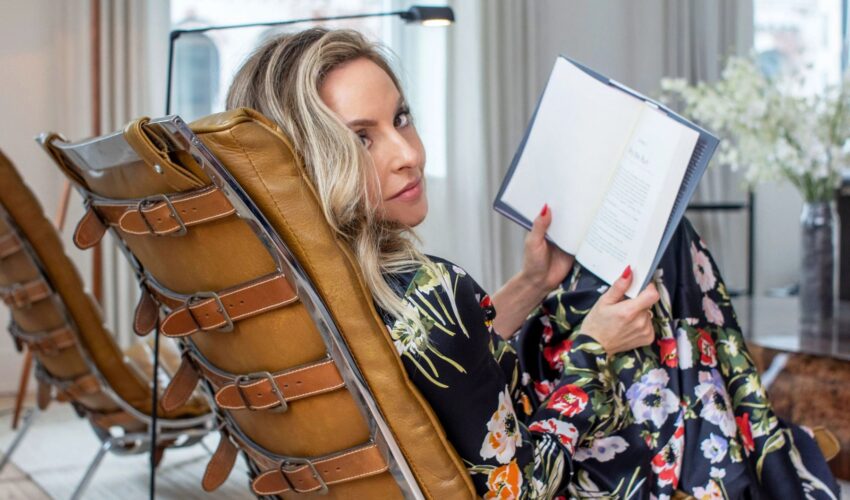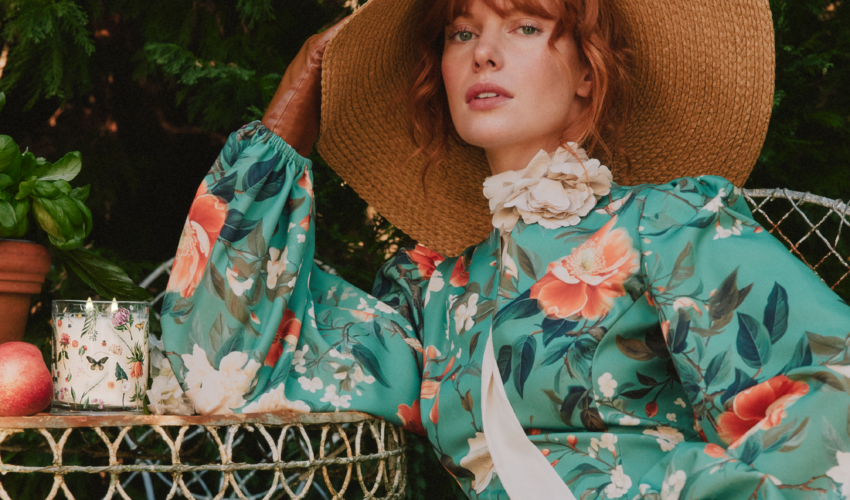Beauty
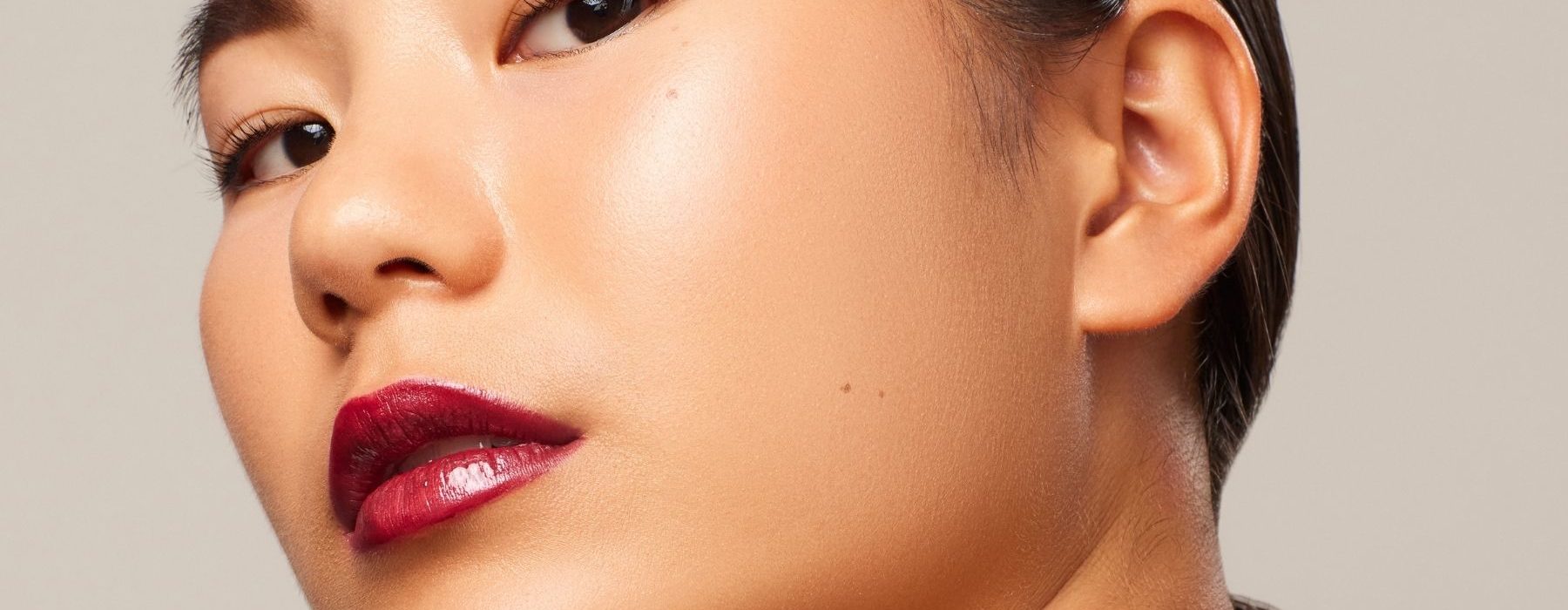
What You Need To Know About Clean Beauty
Why it matters
Everyone loves the idea of clean beauty, but do you know what it really means? Sure, non-toxic, but what ingredients should we be looking out for?
When there are no regulations out there (I know right), we’re finding brands are doing it themselves which leads us to ask – what does clean beauty mean? But most importantly what should clean beauty mean for us. We spoke to Rina Timpano Founder of Rinascentia and Nedahl Stelio Founder of Recreation Bondi Beach to find out what clean beauty means for their products and what ingredients we should be staying clear from.
Read on to find out more
What does clean beauty mean?
With zero industry regulations on what is classed as clean beauty, it’s scary to think that the term is open to interpretation to all beauty brands. For us, it’s all about what is not on the ingredient list and why we should stay clear of them.
I’m sure you’re well aware of eating clean, our skin is the largest organ in our body that absorbs everything we put on it, so naturally, we should be doing the same with our skincare, right? Take it from our two experts below.
“Being a clean beauty brand is important to me and my family as we have all suffered with allergies and sensitive skin… and I am eliminating ingredients deemed toxic to our health and environment. It makes me feel safe.” Rina Timpano, Founder Rinascentia
Similarly to Rina, our beliefs are that eating clean and using clean beauty products is like “feeding (our) skin with nourishment including the vitamins and antioxidants needed for healthy skin,” Rina tells us.
“Clean beauty means different things to different brands, but for us, the crux of it means no toxic chemicals that have been scientifically proven to cause health issues and environmental issues.” – Nedahl Stelio, Founder Recreation Bondi Beach
INGREDIENTS TO AVOID
While the term clean beauty is not regulated, the individual skincare ingredients are. A case can be made against the ingredients that we should definitely avoid, some ingredients have had a bad rap but haven’t been proven scientifically to cause any harm.
“There’s a reason we’ve got rising auto-immune disease rates and increased rates of things like cancer and I don’t think it’s coincidental that it’s come with rising chemical use in everyday life, but there’s not enough research to link that yet.” – Nedahl
We’ve listed the main ingredients to watch out for and why they can cause harm to get you started on your clean beauty journey.
- Parabens – A group of chemicals to artificially preserve cosmetics and body care products. Parabens are seen as endocrine disruptors and can act like the hormone estrogen, disrupting the normal function of our hormones and affecting female reproductive function, development and fertility outcomes.
- Petrolatums – A byproduct of petroleum refining that forms a water-repellant film creating a barrier against the skin to reduce evaporation of skin’s natural moisture. When properly refined, there are no harmful side effects however this is hard to monitor unless a full refining history is provided. Health concerns include cancer, contamination of PAH’s to contain carcinogens.
- Fragrances and Phthalates – A catchall term that describes and disguises over 2,000 synthetic chemicals used to make beauty products smell good. Other terms to look out for on labels are DEP, DBP, DEHP for example DEP is found in nail polish and classes as an endocrine disruptor in the EU. Health concerns include endocrine disruption, developmental and reproductive toxicity as well as cancer.
- Sulphates (SLS) – Also known as sodium lauryl sulphates, is a surfactant and has developed a negative reputation in the beauty world. SLS is used as an emulsifying agent in beauty products, think soapy lather when shampooing, while some surfactants are more irritating to our skin than others, people with sensitive skin and those that suffer from eczema should definitely avoid it.
- BHA and BHT – Butylated hydroxyanisole (BHA) and butylated hydroxytoluene (BHT) are used in beauty products and food as a preservative that’s linked to endocrine disruption, reproductive and organ-system toxicity as well as cancer from carcinogens.
MORE THAN JUST CLEAN INGREDIENTS
Clean beauty is more than just natural ingredients, Rina explains “Real clean beauty also includes manufacturing ethics, ingredients that are ethically sourced without causing harm to animals, the environment and human health.”
For example, some silicones bioaccumulate, meaning that they contribute to a build-up of sludge pollution in our oceans that may not break down for hundreds of years.
The Green Edit
The Green Edit is a platform dedicated to helping you understand what clean beauty is all about including promoting the best in clean, sustainable and cruelty-free beauty.
“Only the brands that go through an application process and are vetted to ensure it’s cruelty-free, operate sustainably, use responsible packaging and is formulated without potentially harmful ingredients as demonstrated by their glossary of ingredient ‘no’ list can receive a Loved By The Green Edit Stamp or Recognised By The Green Edit stamp.” – Rina
To immerse yourself in clean and sustainable beauty, join The Green Edit event on the 10th March 2022. Tickets here
Read More Beauty
Read More From En Route

Sydney’s Most Luxurious Salon Now Offers 24K Gold Hair Facials
Beauty , Hair
And they’re the first salon in Australia to offer the luxury treatment…
07/25
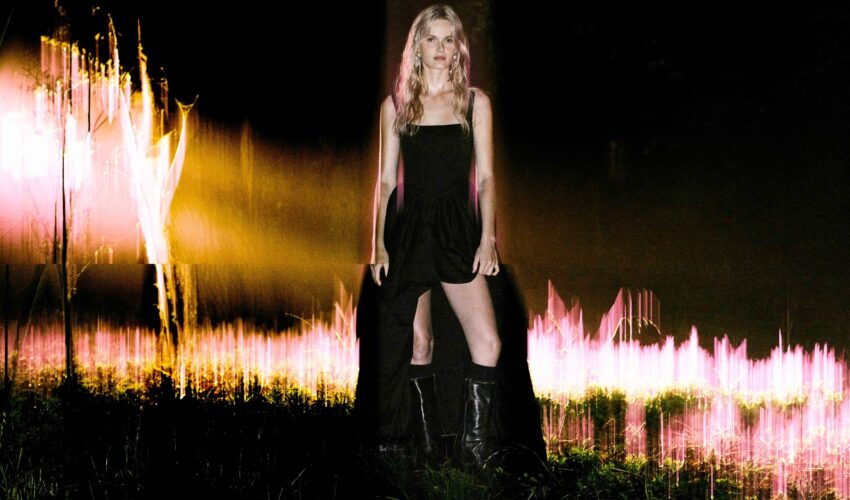
Just In! Be In The Know Fridays
Culture
07/25

A guide to Japan’s Sacred Paths & City Lights
Travel
07/25
come En-Route with us
Sign-up for our newsletter.
By clicking "submit", you agree to receive emails from En-Route and accept our privacy and cookie policy.

